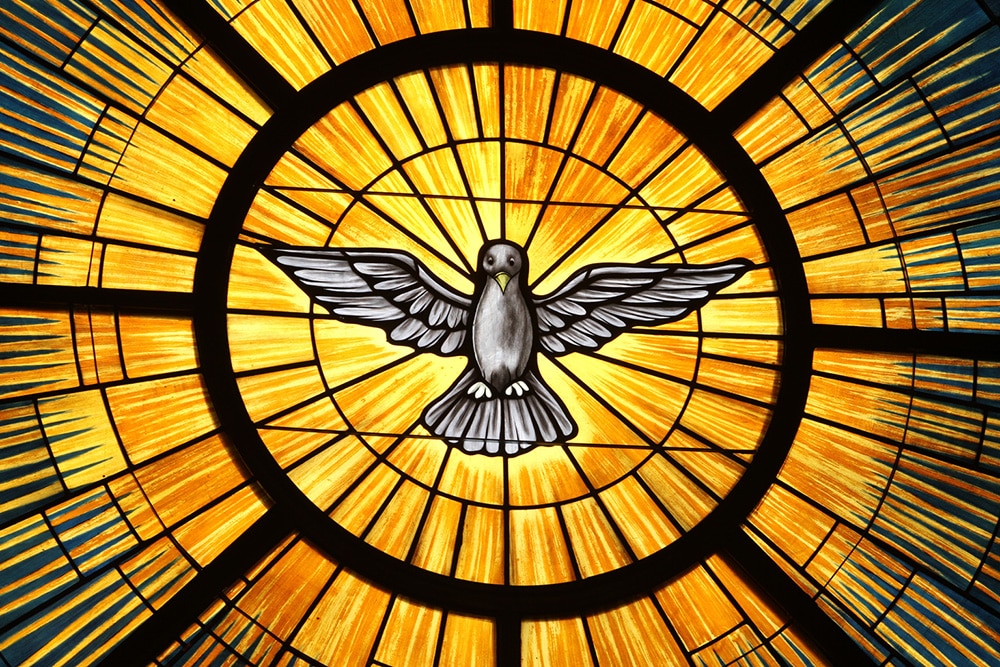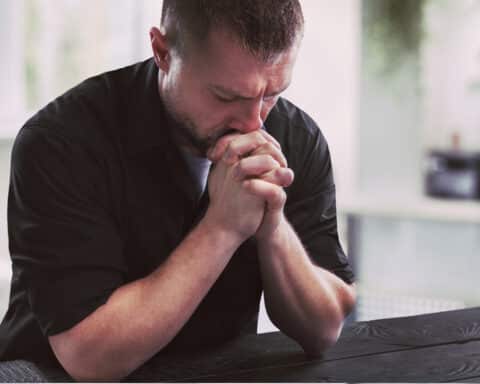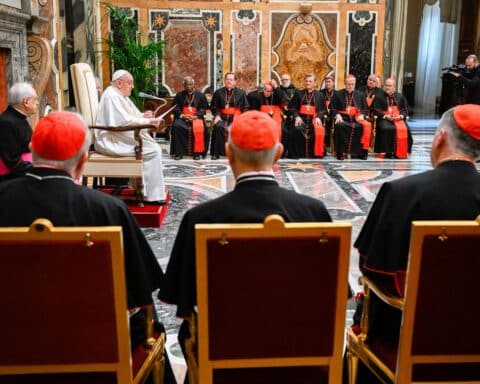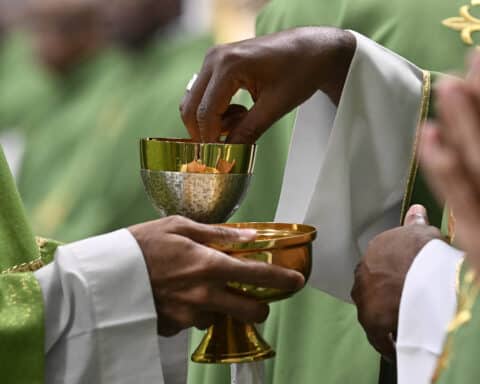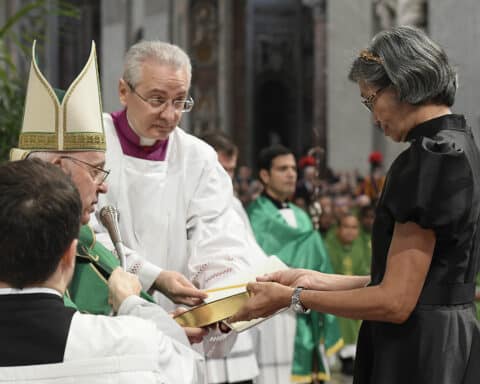Question: Why are so many lists bandied about: Nine choirs of angels, seven gifts of the Holy Spirit, 12 fruits of the Holy Spirit and so forth. Are we really so sure of all these things? It seems to me that lists close off further reflection and limit things too much. It strikes me as old-fashioned memorizing of the Faith. Can’t we open things up to further reflection?
— James Young, Pittsburgh
Answer: Lists, like all human expressions, are often summaries of a wider reality and are meant to exemplify it rather than exhaustively describe it. For example, St. Paul lists the sins of the flesh in the following way: “Now the works of the flesh are obvious: immorality, impurity, licentiousness, idolatry, sorcery, hatreds, rivalry, jealousy, outbursts of fury, acts of selfishness, dissensions, factions, occasions of envy, drinking bouts, orgies, and the like. I warn you, as I warned you before, that those who do such things will not inherit the kingdom of God” (Gal 5:19-21). But this is not meant to be an exhaustive list. Rather, these are examples of a wider reality. Many things are not mentioned, such as greed, murder, theft, selfishness and so forth. And this is the nature of a list; it uses examples to describe a wider reality.
Some of the other lists you mention have biblical roots. For example, the seven gifts of the Holy Spirit are drawn from Isaiah 11:2: “The spirit of the Lord shall rest upon him [the Messiah]: a spirit of wisdom and of understanding, a spirit of counsel and of strength, a spirit of knowledge and of fear of the Lord, and his delight shall be the fear of the Lord.” We use these lists out of respect for Scripture and Tradition. But here, too, one could imagine other gifts of the Spirit such as intuition, holiness, zeal and so forth. Some of these might also be added to the fruits of the Spirit mentioned in Galatians 5. We certainly can conceive of such gifts and fruits along with the seven formal gifts and 12 fruits that are listed.
As for the nine choirs of angels, St. Thomas draws this list from the many titles used for the angels in the Scriptures. However, his list is not dogma. There very well could be other choirs of angels that have not been revealed to us. What St. Thomas’ description offers us is the vision that the angels have ranks and roles in God’s kingdom and are organized hierarchically.
Thus lists are meant to teach and exemplify the reality to which they point. It is not meant to utterly limit the topic to further amendment or addition. An exception to this is the Trinity. There are three and only three persons in the Trinity. Another exception is the two natures of Christ, divine and human. Lists like these are fixed and defined.
As for memorizing, it has its place, and it is arguable that we need more of it today. However, your point is reasonable to the extent that we ought to be clear that there is more to reality than memorized lists.
Different liturgies
Question: Why are the Eastern and Western Liturgies so different?
— Peter Connelly, Washington, D.C.
Answer: The essentials of the Eastern and Western liturgies are the same. There is a Liturgy of the Word and a Liturgy of the Eucharist. However, the Eastern liturgies contain a much larger number of litanies and doxologies that are glorious but also lengthy. The Eastern Liturgies are also completely sung. This, too, adds to their length. The Western rites of the Mass — for example, Roman, Gallican, Ambrosian, etc. — are more “sober” or to the point, and can be either sung or recited. As a general rule they are less lengthy and permit the celebration of daily Masses. Given the length of the Eastern liturgies, daily Masses are rare in Eastern settings, except in certain monasteries.
The differences emerged from the fact that the Western Roman Empire and the Eastern Roman Empire, later called Byzantium, experienced different realities. When Emperor Constantine moved the center of the empire from Rome to Constantinople, the Roman Empire in the West began a long decline and was affected by Barbarian migrations and many conflicts. The Western part of the Church there experienced a kind of day-to-day struggle for survival that tended to keep the liturgy more basic. In the East, however, the culture was elaborate, less fragile and influenced by many things from the far East. There is surely more to the differences than these, but this summarizes it.
Msgr. Charles Pope is the pastor of Holy Comforter-St. Cyprian in Washington, D.C., and writes for the Archdiocese of Washington, D.C. at blog.adw.org. Send questions to msgrpope@osv.com.

